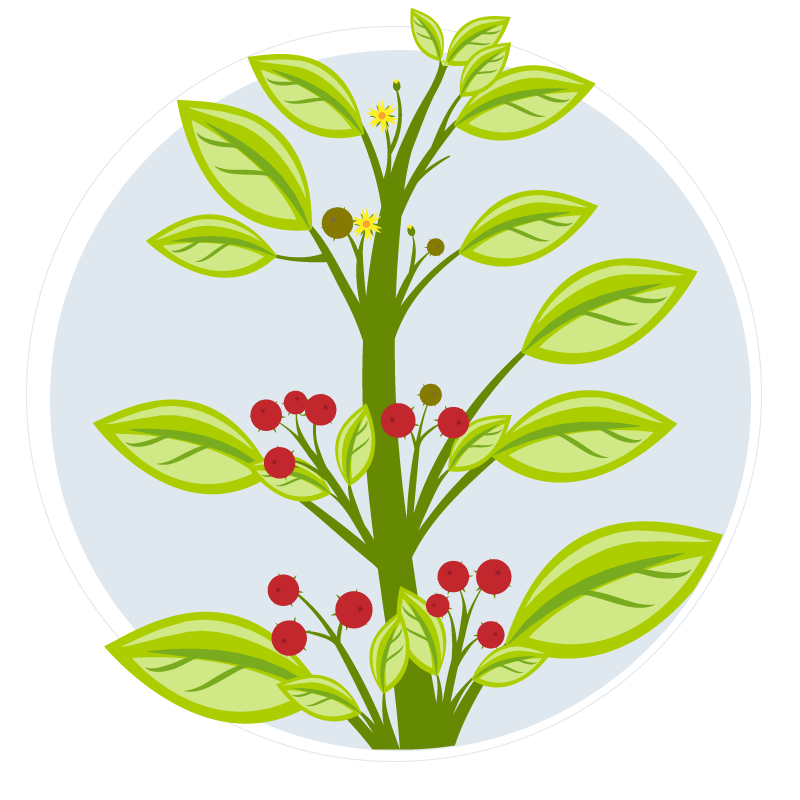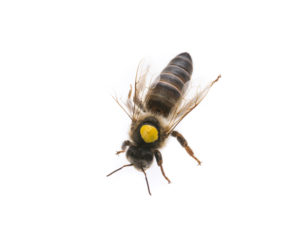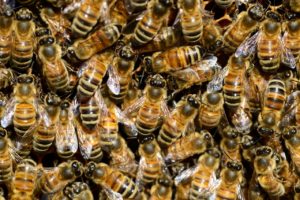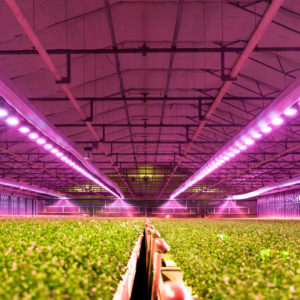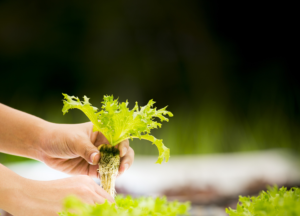Plants, like any other creature, go through different phases throughout their lifespan. These are plant ‘growth stages’ or ‘growth cycles.’ As your plants grow and enter different stages, they need different care.
Different types of plants have specific needs during certain parts of their growth cycle. But there are common things that just about any plant goes through. We won’t get into complicated and confusing details just yet. Still, if you’re growing plants hydroponically, you need a general idea of what to expect in each part of the plant growth cycle.
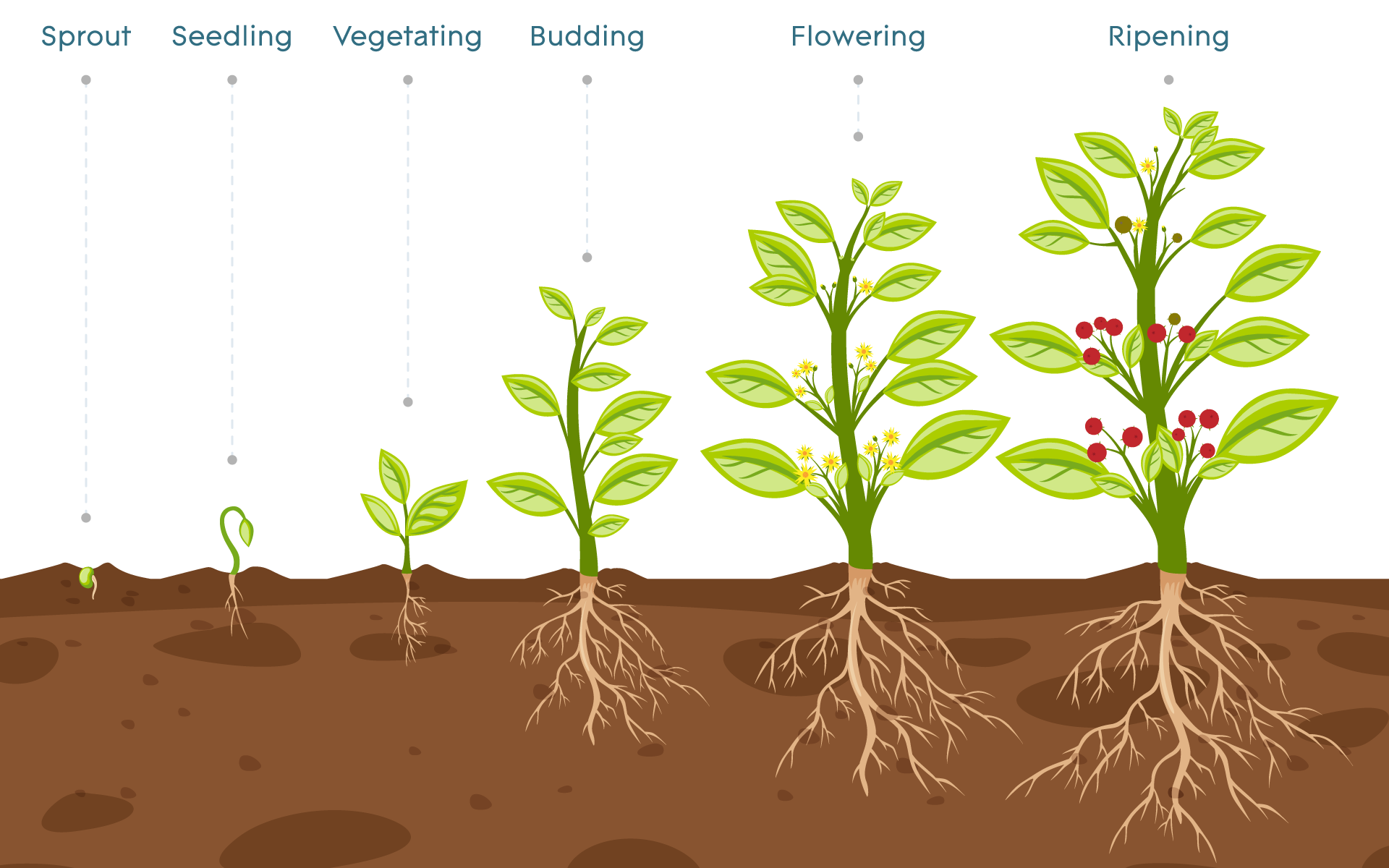
The First and Second Stages: From Seedling to Sprout
Some gardeners divide the first parts of a plant’s life into separate stages. For the sake of simplicity, we’ll group them together. They have relatively stable requirements through the beginning of their lives. So it’s easier for beginning growers to keep this as a single group. Plants start as a seed, encased in their own individual pod, with the basic things they need to grow into a plant.
As seeds get water and the right temperature, they begin to germinate. The seeds take in, or imbibe, water, and they grow larger. As seeds continue taking in water, outward pressure from the cells, or turgor pressure, leads the shell of the seed to begin splitting open.
Roots then start to push out from the seed. After a while, the last part of the plant shoot emerges, often showing minute leaves. The root system will then begin to grow, and larger leaves will begin to develop.
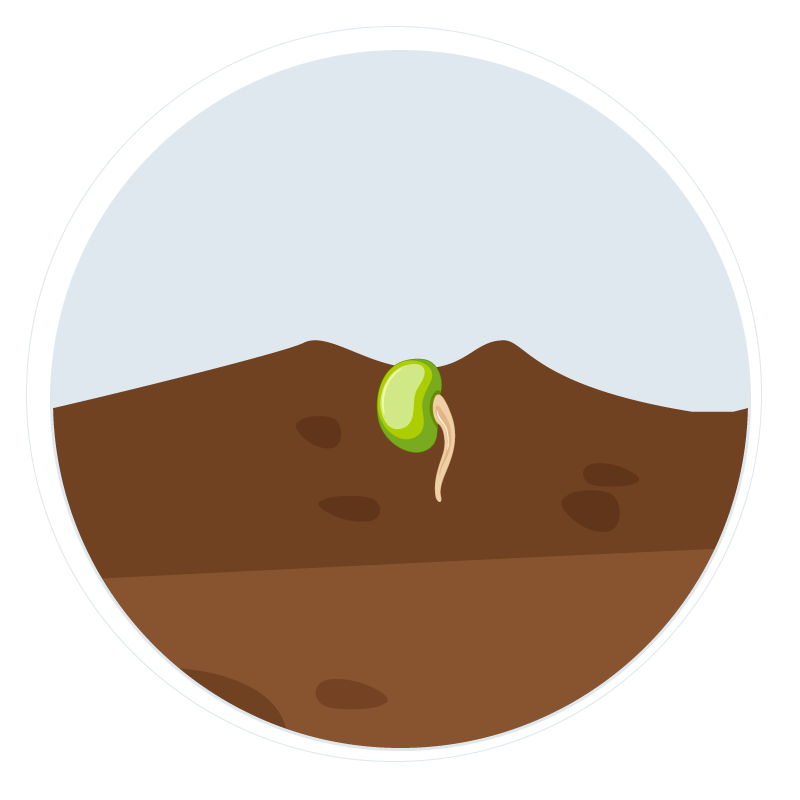
The Third Stage of Plant Growth
Once the root system is better developed, plants enter the second stage of their life cycle. This means the roots are capable of supporting the growth of the rest of the plant. This stage is often called the growth stage or vegetative stage. This is the time where plants do the majority of their growing. However, it’s not time for flowers and fruit to grow yet. The plant’s growth is mostly focused on producing and strengthening stems, leaves, branches, and the root system.
During this growth stage, plants need special attention to nutrients they’re given. Plants begin producing chlorophyll, to provide essential sugars needed for plant metabolism. Because of this, plants often need extra nitrogen. Otherwise, plant growth can be inhibited because of a nitrogen and nutrient deficiency.
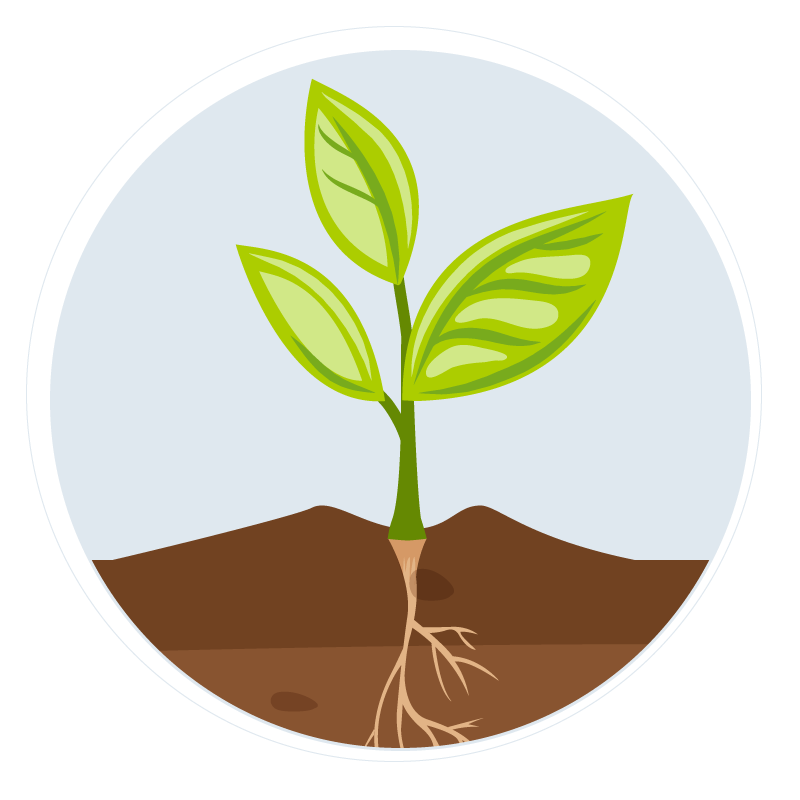
Learn about lighting for each stage here:
The Fourth Stage of Plant Growth
After they grow enough, plants enter their reproductive stage. Rather than trying to grow larger, plants focus on flowering. Then, producing fruit and eventually, seeds. Of course, plants can still grow larger during this stage, but they significantly slow down from the vegetative stage. Some plants will enter this period on their own, especially if they’re grown outdoors. However, when plants grow in an indoor hydroponic system, they often need an adjustment to their photoperiod to make the switch. That means the gardener needs to change the amount of light the plants receive each day.
While plants need more nitrogen in their second stage of growth, their needs change as they enter the reproductive phase. They typically need more phosphorus and potassium instead. This is the plant growth stage that bloom boosters and flowering nutrient solutions are made for.
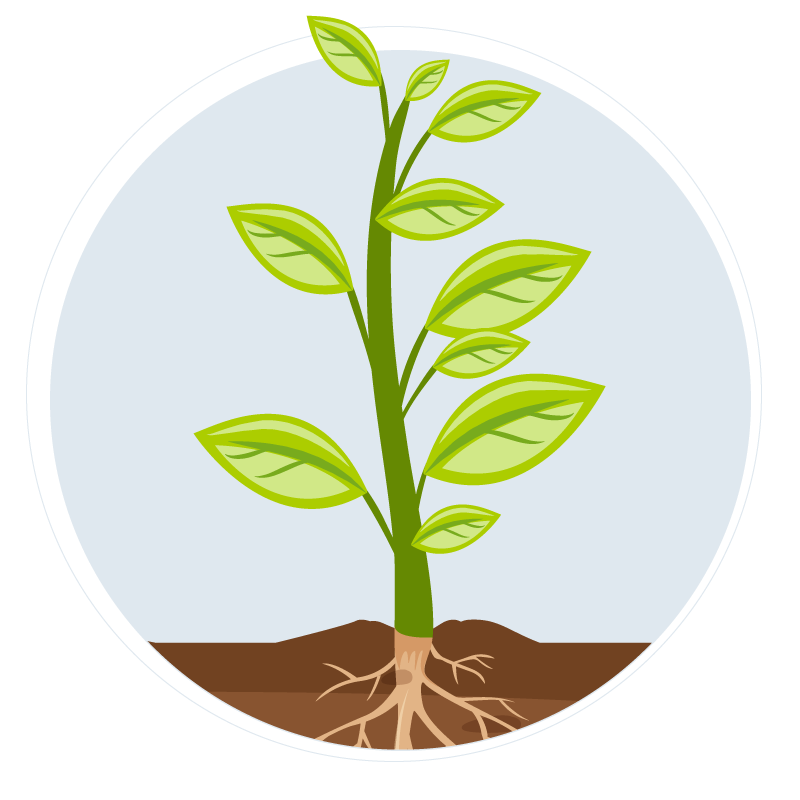
The Fifth Stage of Plant Growth
This is the point in plant’s life cycles where they are pollinated, and begin producing seeds. In nature, plants rely on natural pollinators to spread pollen from one plant to another. Common pollinators include bees, birds, butterflies, and hummingbirds. Pollination (and the spreading of seeds) can also happen from being blown by the wind, being eaten by animals, or even just sticking to animals.
Some plants are self pollinating. That means they don’t need a pollinator to mature and reproduce. Of course, cross pollination makes for stronger crops in either case, but it isn’t always necessary. When you’re growing plants indoors, pollination is another important task that you have to take care of. Luckily there are a few ways you can manually pollinate your plants.
You can use a strong fan if your plants are fairly close together. This is a favorite method for many hydroponic systems. Smaller, more delicate plants may not handle this well. So you can use a small, soft paint brush to lightly swipe across each flower. With larger, stronger plants you can vibrate, or shake, pollen from the flowers. Commercial operations often use machines called pollen shakers.
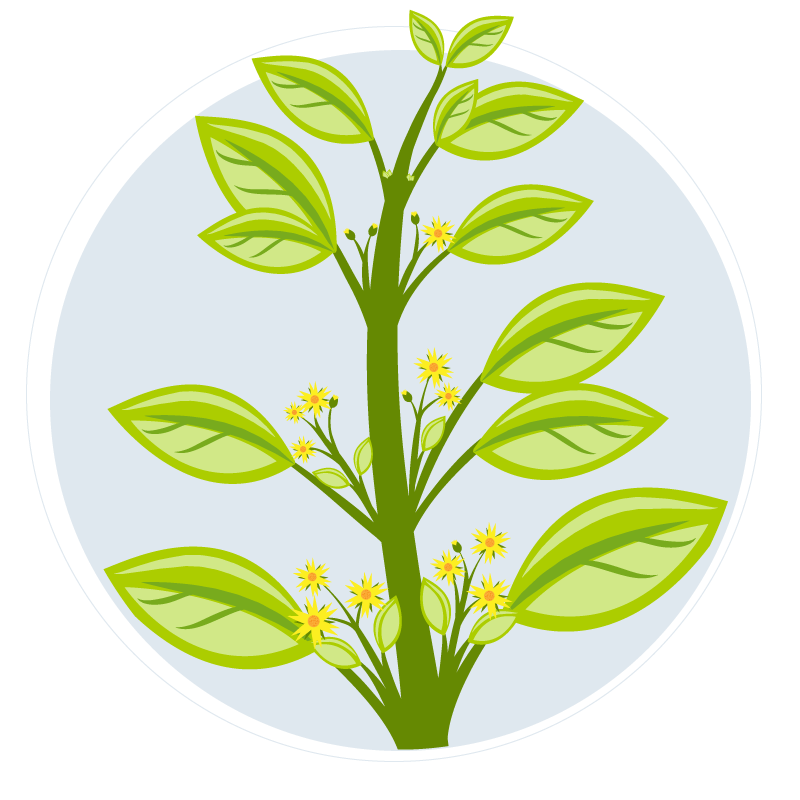
Stage Six: Making it to Harvest!
Plants produce seeds to reproduce, but many times they leave their seeds in pods or fruit. This is where many gardener’s plants’ journeys end. At the end of the growth cycle, it’s time to harvest the crops you’ve grown. If you’ve had an exceptional harvest, make sure to save seeds to start the cycle of plant growth stages back at the beginning!
